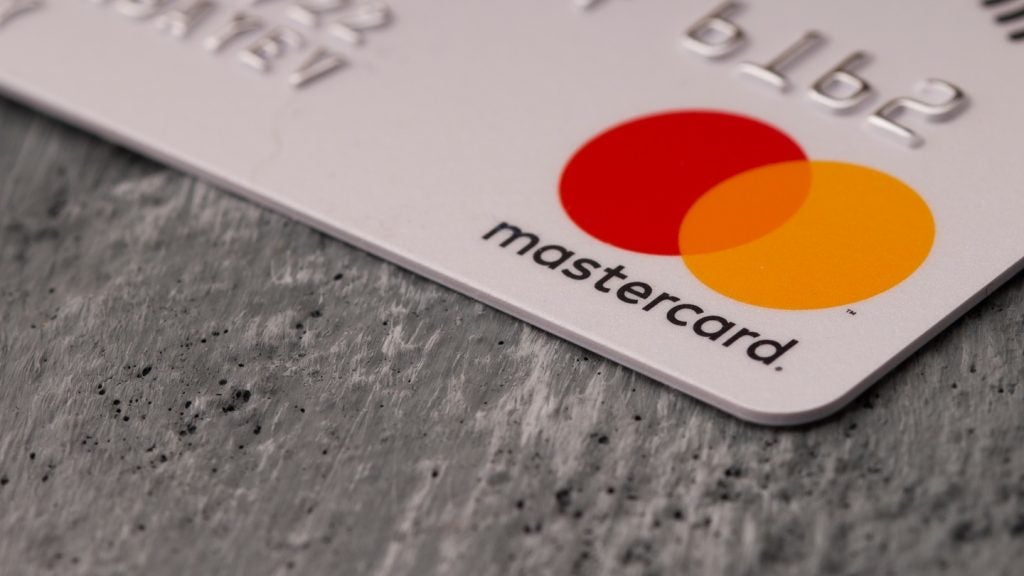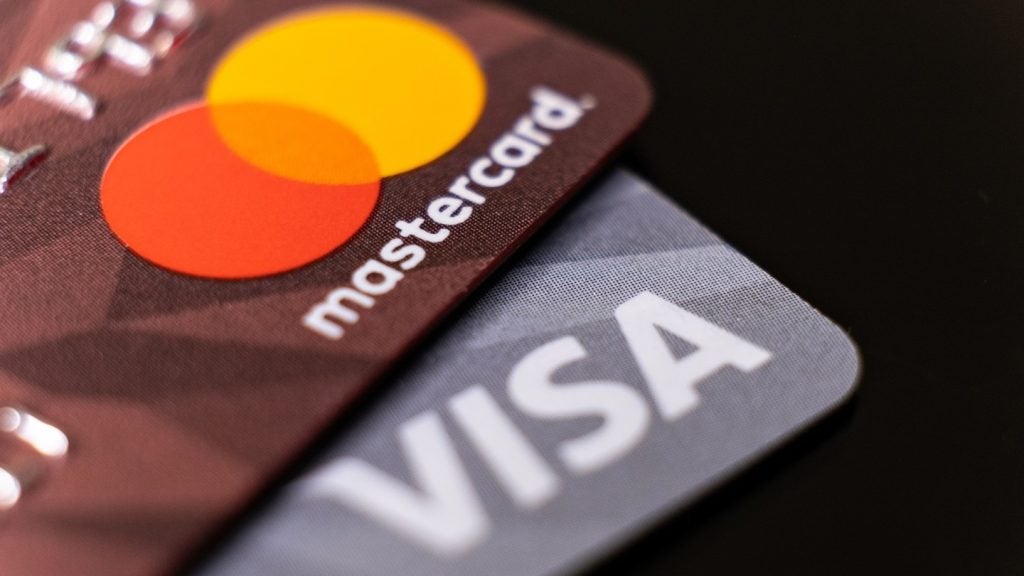Despite subdued economic growth, the use of payment cards in South Africa is growing at a healthy pace, primarily driven by government financial inclusion plans, the introduction of basic bank accounts, and improved banking infrastructure such as ATMs and POS terminals, but what’s holding it back?
Cash continues to be the most preferred payment instrument among South Africans, and is primarily used for small-value transactions. This is primarily a result of low public awareness of other instruments, and limited access to banking infrastructure, primarily in rural areas. In 2014, cash accounted for 75.8% of the total cards and payment transaction volume.

Access deeper industry intelligence
Experience unmatched clarity with a single platform that combines unique data, AI, and human expertise.

The unbanked population
The South African government is developing programmes to better serve the unbanked, and is pressuring banks to do the same. Many South African banks now see the unbanked as a priority – partly in response to government pressure and partly out of growing recognition of the opportunities presented. South Africa’s unbanked population is still high, providing opportunities for banks to access a new consumer base by launching low-cost products and opening branches in rural or remote areas.
Banks have introduced a number of products and services for the unbanked population. For instance, Absa Bank, Standard Bank, First National Bank (FNB) and Nedbank offer the Mzansi account – a low-cost basic savings account that comes with a debit card. Consumers are only required to provide a valid ID to open an account. Banks are also promoting other low-cost accounts: Standard Bank, for example, offers Access, a zero-balance account with no monthly fee.
These initiatives led to a rise in the country’s banked population between 2010 and 2014. According to the World Bank Global Findex survey, the share of the South African population aged 15 or above with a bank account rose from 53.6% in 2011 to 70.3% in 2014. This resulted in high penetration of bank accounts and products such as debit cards.

US Tariffs are shifting - will you react or anticipate?
Don’t let policy changes catch you off guard. Stay proactive with real-time data and expert analysis.
By GlobalDataConstant rise in credit card use
While growing concern for debt has prompted the South African government to introduce a range of measures to tackle debt, South African consumers, especially the middle classes, still use credit cards to meet temporary credit requirements. Consumers, however, have now adopted a more cautious approach to spending, mainly as a result of sustained efforts by the government and banks.
Consumer preference for credit cards over personal loans has risen, as a result of the lower interest rates on credit cards. According to the National Credit Act, the maximum interest rate that can be charged on a credit card is 22.1%, while on a personal loan it is 32.1%. Banks also offer instalment facilities, flexible repayment options and interest-free credit periods of up to 55 days. As a result, credit card transaction volume recorded a CAGR of 10.82% between 2010 and 2014.

Alternative payment instruments are slowly gaining prominence
Alternative payment instruments are gaining traction in South Africa, with banks and payment companies introducing new solutions. Recent initiatives include the launch of MasterPass, Zapper and FlickPay in July 2014, and SnapScan in May 2014. The MasterPass digital wallet was introduced by MasterCard in association with Standard Bank. Users can shop online without disclosing payment and shipping information with every purchase. Zapper, FlickPay and SnapScan are m-payment solutions that enable consumers to pay using QR codes and a PIN.
International payment solution provider PayPal has also strengthened its presence in South Africa, allowing customers to receive funds to their bank accounts from anyone in the worldwide PayPal network. It also enables individuals to pay for online purchases with merchants by linking current accounts and credit cards with PayPal accounts. In South Africa, 20,000 merchants and individuals have access to PayPal services.
E-commerce offers scope for card payments
By international standards, e-commerce penetration in South Africa is still relatively low, although the number of online consumers is anticipated to double between 2015 and 2019, making it a significant force in the region. E-commerce in South Africa posted a CAGR of 15.85% in the last five years, growing from $1.3bn (ZAR9.2bn) in 2010 to $2.3bn in 2014, and it was estimated at $2.4bn in 2015. High mobile penetration, rising consumer confidence in online transactions, and secure online gateways drove the growth over this period.
A contributing factor to the growth of e-commerce was increased focus on customer retention by retailers, including customised emails to customers based on buying patterns, display advertising about products and services on social networking sites, and on-site personalisation features offering an enhanced shopping experience. These initiatives have led to a healthy relationship with customers, resulting in repeat purchases.
Traditional payment instruments remain the preferred mode of payment for online shoppers in South Africa; the two were collectively estimated to account for 77.6% of the total e-commerce transaction value in 2015. The launch of EMV cards and other security features such as Verified by Visa and MasterCard Secure Code led to high use of payment cards for online transactions.
Infrastructure to drive payments
The number of ATMs rose from 23,259 in 2010 to 27,616 in 2014, at a CAGR of 4.39%, and is anticipated to reach 30,894 at a CAGR of 2.06% by 2019. This growth was primarily a result of an increase in the banked population, and competitive pressures that forced banks to launch ATMs and self-service branches in rural areas. Mini-ATMs, introduced by First National Bank, were launched by a number of banks.
The number of POS terminals in South Africa recorded a CAGR of 5.07% in five years, rising from 273,798 in 2010 to 333,686 in 2014. This was supported by an increase in the number of installations at smaller retail outlets, enabling growth in card-based payments. POS terminals are expected to increase further in the near future, to reach 407,517 in 2019, as the number of retailers installing POS terminals supporting contactless payments rises.
With growing preference for card payments, banks in South Africa are launching mPOS solutions. Recent launches include SnapScan by Standard Bank in May 2014. Similarly, Absa Bank launched the Payment Pebble mPOS solution in 2013, enabling SMEs to accept card payments. Nedbank launched PocketPOS in the same year.
The fast-growing mPOS market has also encouraged technology providers to introduce mPOS solutions. In July 2014, for instance, South Africa-based technology provider Emerge Mobile launched the Edge mPOS, which comes with a free mobile app for iOS and Android phones.

Overall decline in card fraud
The adoption of EMV technology was the primary reason for the significant decrease in counterfeit card fraud. Visa introduced a new technology in September 2015, which uses palm, voice, iris or facial biometrics to further mitigate card fraud. The technology can be integrated with biometric cardholder verification, as it incorporates EMV standards.
The fast growing e-commerce market offered an opportunity for fraudsters to target online shoppers; as a result, card-not-present (CNP) fraud rose between 2010 and 2014.
To counteract this, banks offer secure online payment solutions such as Verified by Visa and MasterCard Secure Code service. Additionally, banks are developing new measures to curb CNP fraud. For instance, Nedbank introduced a new solution in July 2014 which allows bank cardholders to authenticate online card purchases directly by mobile phone.







